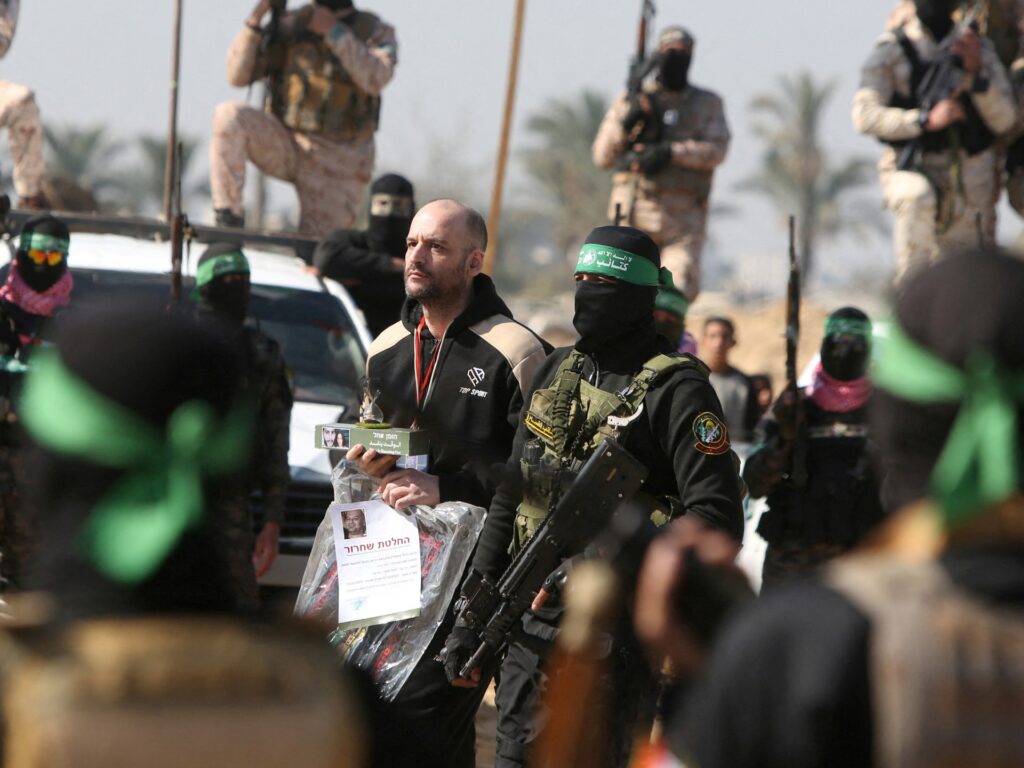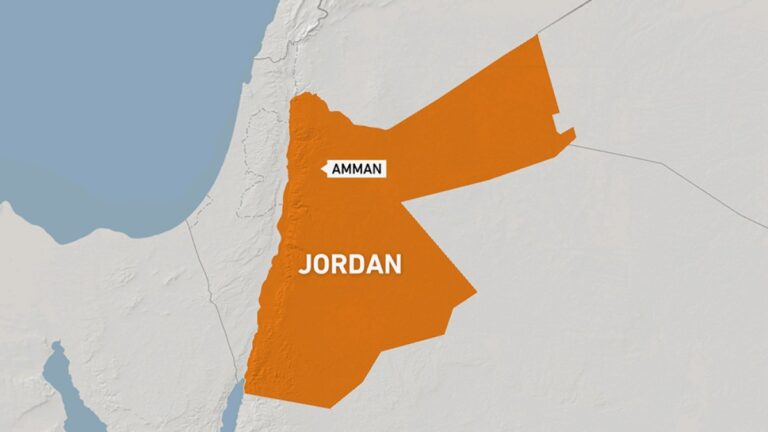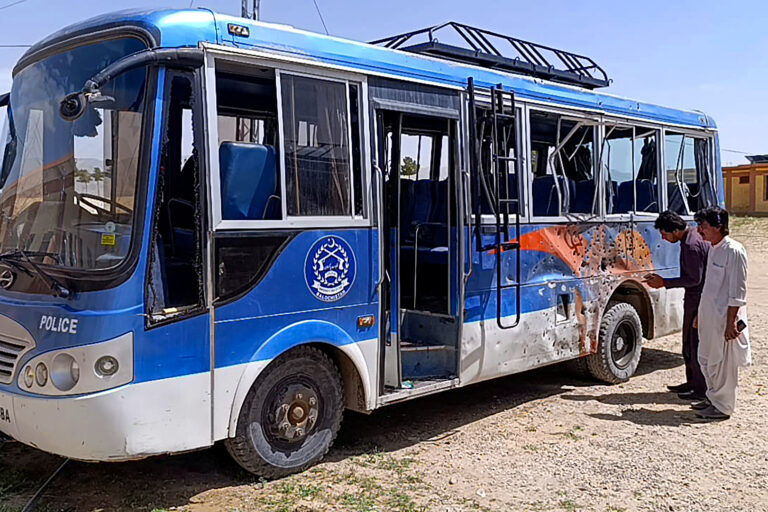
In a significant yet delicate development amid a fragile ceasefire, Hamas and Israel have engaged in a reciprocal exchange of captives and prisoners, marking a moment of both hope and tension in a protracted and deeply rooted conflict. This exchange is not merely a transactional gesture; it reflects ongoing negotiations that aim to de-escalate violence and provide a temporary respite for both sides involved. As families on each side eagerly await the return of their loved ones, the emotional stakes are high, underscoring the human dimension of this complex situation.
While the release of captives offers a glimmer of optimism, it is crucial to recognize that the underlying issues fueling hostilities remain unresolved. Long-standing grievances, territorial disputes, and deeply entrenched animosities continue to simmer beneath the surface. This raises significant concerns about the sustainability of the ceasefire, as the potential for renewed violence looms if these core issues are not addressed in a meaningful way.
International observers are closely monitoring the situation, fully aware that while this exchange may serve as a temporary reprieve, it also presents an opportunity for more comprehensive discussions on peace and stability in the region. The hope is that this moment can act as a catalyst for dialogue, leading to a more enduring resolution to the conflict. However, the path to lasting peace is fraught with challenges, as both sides must navigate their historical narratives and the expectations of their respective communities.
As the world watches, the fragile balance between hope and tension hangs in the air. The outcome of this exchange could either foster a renewed commitment to dialogue or exacerbate existing tensions, leaving the future of the ceasefire—and the broader quest for peace—uncertain.
In a significant yet delicate development amid a fragile ceasefire, Hamas and Israel have engaged in a reciprocal exchange of captives and prisoners, marking a moment of hope and tension in a protracted conflict. This exchange reflects ongoing negotiations aimed at de-escalating violence and fostering a temporary respite for both sides, as families on each end await the return of their loved ones. While the release of captives offers a glimmer of optimism, the underlying issues that have fueled hostilities remain unresolved, raising concerns about the sustainability of the ceasefire. International observers are closely monitoring the situation, hoping that this exchange might pave the way for more comprehensive discussions on peace and stability in the region.



